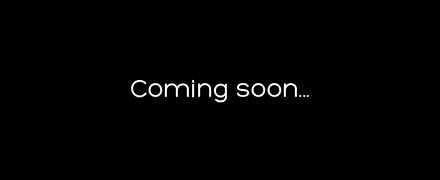Retour à la playlist
Vidéos commentées
Video : Real World Clinical Experiences in treating PVI with Ablation Index
Video : Real World Clinical Experiences in treating PVI with Ablation Index
Comments : Video : Real World Clinical Experiences in treating PVI with Ablation Index

Bashilov S. I have no video!
Chingiz S. hI! What we should do when making RF lesion between LSPV and LAA, if patient has arris(acute) angle(ridge)?
Matt W. When stability is an issue there are a few things that can be tried.
If using a fixed sheath (eg SR0) then you can go into the ostium of the LSPV and reduce the AI, eg 350. If under general anaesthesia you could ask for a period of apnoea, you could use a steerable sheath for better stability
Matt Wright
Usama B. I did attend it and not sure how to claim my certificate
bolesu@tcd.ie
Rocio R. Please, check your inbox! Normally we have sent you an email if you've watched the webinar in live. If you have any problem, send an email to intouch@incathlab.com
Usama B. Thank you
UB
Matt W. Thanks.
In response to some of the questions.
Tamponade frequency is very low (
Matt W.
Chingiz S. where is video?
Rajin C. great talk
Matt W. Thankyou.
There were a lot of questions we didn't have time to include.
There was a question on the routine use of integrated CT.
I don't personally do this. I prefer the real-time map made with the multipolar mapping catheter, as not only does it give me anatomy but also voltage information.
There was another question about what to do if you don't isolate on the first pass. There are a number of possibilities- pace and ablate along the line; interrogate the AI numbers along the line, look for the contiguity of each lesion- looking for the weakest link. Pace from inside the vein and map the exit, use the multipolar mapping catheter to guide you. It's best to have a number of ways of mapping gaps as sometimes one way will be better than others.
Matt Wright